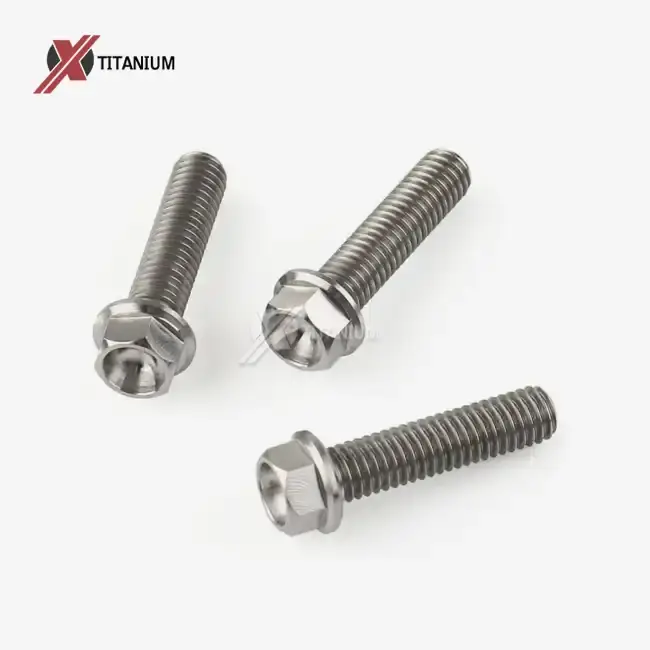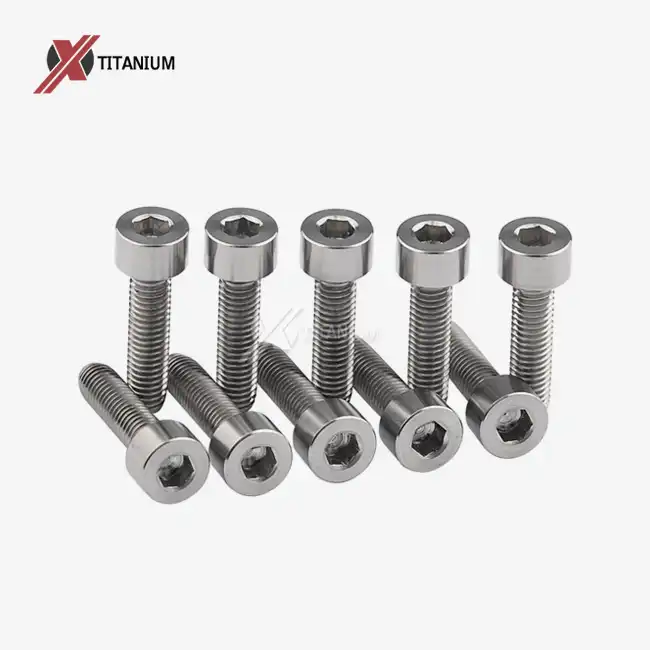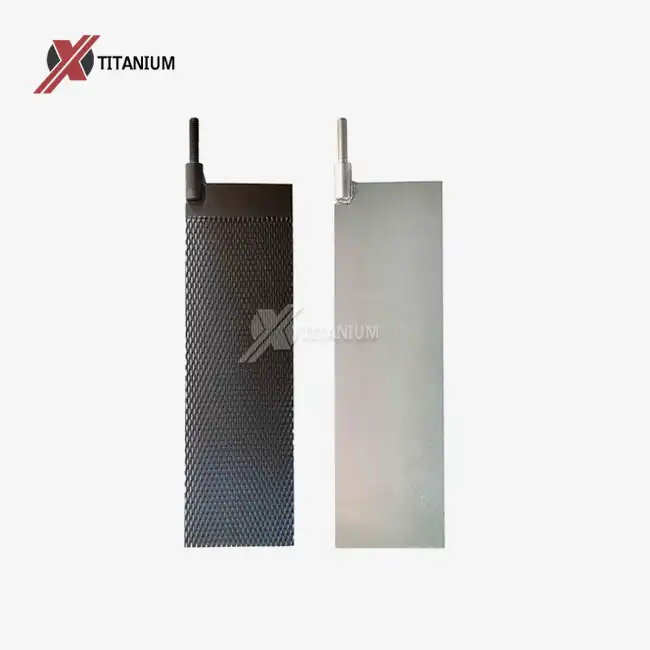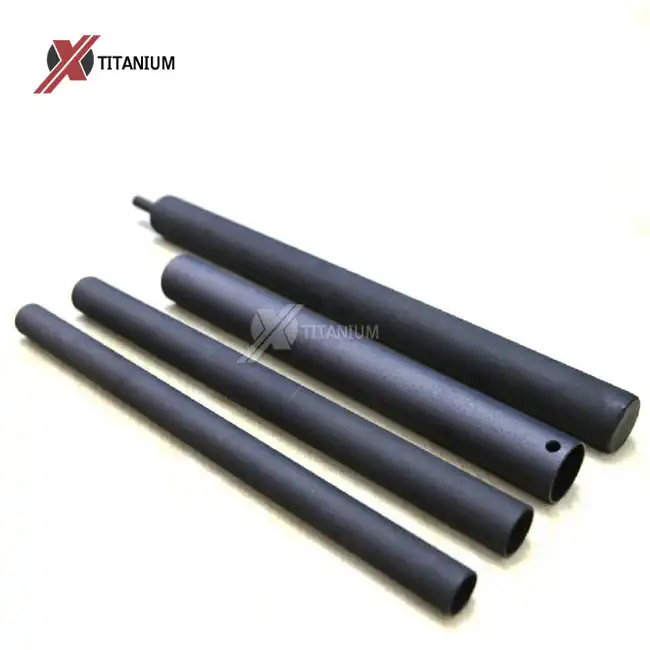- English
- French
- German
- Portuguese
- Spanish
- Russian
- Japanese
- Korean
- Arabic
- Greek
- German
- Turkish
- Italian
- Danish
- Romanian
- Indonesian
- Czech
- Afrikaans
- Swedish
- Polish
- Basque
- Catalan
- Esperanto
- Hindi
- Lao
- Albanian
- Amharic
- Armenian
- Azerbaijani
- Belarusian
- Bengali
- Bosnian
- Bulgarian
- Cebuano
- Chichewa
- Corsican
- Croatian
- Dutch
- Estonian
- Filipino
- Finnish
- Frisian
- Galician
- Georgian
- Gujarati
- Haitian
- Hausa
- Hawaiian
- Hebrew
- Hmong
- Hungarian
- Icelandic
- Igbo
- Javanese
- Kannada
- Kazakh
- Khmer
- Kurdish
- Kyrgyz
- Latin
- Latvian
- Lithuanian
- Luxembou..
- Macedonian
- Malagasy
- Malay
- Malayalam
- Maltese
- Maori
- Marathi
- Mongolian
- Burmese
- Nepali
- Norwegian
- Pashto
- Persian
- Punjabi
- Serbian
- Sesotho
- Sinhala
- Slovak
- Slovenian
- Somali
- Samoan
- Scots Gaelic
- Shona
- Sindhi
- Sundanese
- Swahili
- Tajik
- Tamil
- Telugu
- Thai
- Ukrainian
- Urdu
- Uzbek
- Vietnamese
- Welsh
- Xhosa
- Yiddish
- Yoruba
- Zulu
What Makes Titanium Alloy Bolts Superior to Conventional Fasteners?
The initial cost of titanium alloy bolts can be significantly higher than that of carbon steel or stainless steel fasteners. However, in critical environments where failure is not an option, titanium bolts often prove to be the most cost-effective long-term solution.

Total Cost of Ownership
The Total Cost of Ownership (TCO) for fasteners includes:
-
Initial purchase price
-
Installation and maintenance costs
-
Downtime due to failure or corrosion
-
Replacement frequency
-
Environmental and safety compliance
Titanium alloy bolts often justify their upfront cost by minimizing maintenance and eliminating replacement cycles.
Example: Chemical Processing Plant
In a chemical processing plant using acidic environments:
-
Stainless steel bolts may require replacement every 3–5 years due to pitting or stress corrosion.
-
Titanium bolts may last 30 years or more without degradation.
Even if titanium bolts cost 10x more upfront, their service life is 6–10x longer, offering significant ROI over time.
Lifecycle Economics
| Metric | Carbon Steel | Stainless Steel | Titanium Alloy |
|---|---|---|---|
| Initial Cost | Low | Medium | High |
| Lifespan (years) | 2–5 | 8–12 | 30–50 |
| Maintenance Frequency | High | Medium | Low |
| Failure Risk | High | Medium | Low |
| Total Lifetime Cost | High | Medium | Low |
From bridges to bio-reactors, when downtime is expensive and safety is critical, titanium alloy bolts are not just worth it—they’re essential.
Do Titanium Alloy Bolts Corrode in Extreme Environments?
One of the most distinctive advantages of titanium alloy bolts is their natural corrosion resistance, even in some of the harshest conditions known to man.
Passive Oxide Layer
Titanium forms a robust titanium dioxide (TiO₂) layer upon contact with oxygen. This oxide film is:
-
Self-healing: regenerates instantly after scratching
-
Adherent: tightly bonds to the metal
-
Chemically inert: resists attack from acids, alkalis, and salts
This unique surface chemistry makes titanium alloys ideal for:
-
Marine applications exposed to saltwater
-
Offshore platforms
-
Chlorine plants
-
Nuclear reactors
Comparative Corrosion Resistance
| Material | Resistance in Seawater | Resistance in Acidic Media | Resistance in Chloride Ions |
|---|---|---|---|
| Carbon Steel | Poor | Very poor | Fails quickly |
| Stainless Steel (316L) | Moderate | Moderate | Risk of pitting |
| Titanium Alloy (Grade 5) | Excellent | Excellent | Excellent |
Case Study: Desalination Plant
Titanium bolts used in heat exchangers and pump housings in a coastal desalination facility have shown zero signs of corrosion after 15 years of continuous exposure to high salinity and humidity.
This performance makes titanium bolts a strategic material choice in industries where chloride-induced corrosion is a major threat.
Why Are Titanium Bolts Used in the Aerospace and Automotive Sectors?
Aerospace and high-performance automotive sectors are among the earliest and most prolific adopters of titanium alloy bolts. Their demanding engineering standards, weight restrictions, and extreme operating conditions require advanced materials that outperform traditional metals.
Aerospace Engineering
In aircraft and spacecraft, every gram counts. Titanium bolts offer:
-
Weight reduction of up to 50% compared to steel
-
High tensile strength (~900 MPa) for critical load-bearing structures
-
Thermal stability at high altitudes and re-entry temperatures
-
Resistance to oxidation and fatigue failure
Applications include:
-
Jet engines
-
Wing spar assemblies
-
Fuselage joints
-
Satellite enclosures
NASA, Boeing, and Airbus use titanium fasteners in everything from interplanetary spacecraft to commercial jets.
High-Performance Automotive Use
In Formula 1, rally cars, and performance motorcycles, titanium bolts are deployed in:
-
Suspension systems
-
Brake rotors
-
Drive shafts
-
Gear housings
These bolts enhance:
-
Acceleration (less rotational mass)
-
Handling response
-
Durability under heat and vibration
They also resist corrosion from road salts, brake fluids, and exhaust heat, which degrade steel fasteners over time.
Motorsport Insights
| Attribute | Steel Bolt | Titanium Alloy Bolt |
|---|---|---|
| Weight (M10×1.5×30mm) | ~20g | ~11g |
| Fatigue Resistance | Moderate | Excellent |
| Corrosion in Exhaust Heat | High | Very low |
| Heat Tolerance | Up to 300°C | Up to 550°C |
Key Mechanical and Physical Properties
Titanium alloy bolts, especially Ti-6Al-4V, exhibit a rare combination of characteristics:
| Property | Typical Value |
|---|---|
| Density | 4.43 g/cm³ |
| Tensile Strength | 900–1000 MPa |
| Elastic Modulus | 110 GPa |
| Melting Point | 1660°C |
| Coefficient of Thermal Exp. | 8.6 µm/m·°C |
| Operating Temp (Sustained) | 400–600°C |
The relatively low elastic modulus makes titanium bolts more flexible than steel, enabling them to absorb more energy during cyclic loads—reducing the risk of brittle fracture.
Manufacturing & Installation Considerations
Titanium alloy bolts must be handled and installed carefully to maintain performance.
Manufacturing Process
-
Melting via VAR (Vacuum Arc Remelting)
-
Forging or CNC machining for precision
-
Heat Treatment to enhance strength
-
Surface Passivation for corrosion resistance
-
Thread Rolling for fatigue strength
Galling Precautions
Titanium is susceptible to galling, especially under dry torque. Use of:
-
Anti-seize lubricants
-
Silver or MoS₂ coatings
-
Controlled torque application
… is recommended during installation.
Conclusion
So, what makes titanium alloy bolts superior to conventional fasteners?
It’s not just one factor—it’s the convergence of strength, weight, corrosion resistance, and thermal stability. While the upfront cost is higher, the long-term performance, safety benefits, and lifecycle value make them a top choice in critical applications.
From powering the propulsion systems of commercial jets to enhancing the agility of racing vehicles and enduring the aggression of saltwater and acid alike—titanium alloy bolts are engineered for extremes.
They are not just fasteners. They are the foundation of reliability in modern engineering.
References
-
Zhang, Q., & Sun, Y. (2021). "Fatigue Behavior of Titanium Alloys in Aerospace Fasteners". Aerospace Science and Technology, 120, 107031.
-
Kim, D. & Lee, J. (2020). "Corrosion Resistance of Ti-6Al-4V in Acidic and Marine Environments". Corrosion Science, 174, 108835.
-
Morgan, L.M. (2022). "Titanium Applications in Motorsport Engineering". International Journal of Automotive Materials, 14(2), 88–104.
-
Patel, A.S., et al. (2019). "Cost-Benefit Analysis of Advanced Alloy Fasteners in Chemical Plants". Industrial Engineering Review, 61(3), 302–317.
-
Harris, J., & Wu, C. (2023). "Thermal Performance of Titanium Fasteners in Jet Engines". Journal of Aerospace Materials and Design, 39(4), 199–212.
Learn about our latest products and discounts through SMS or email



